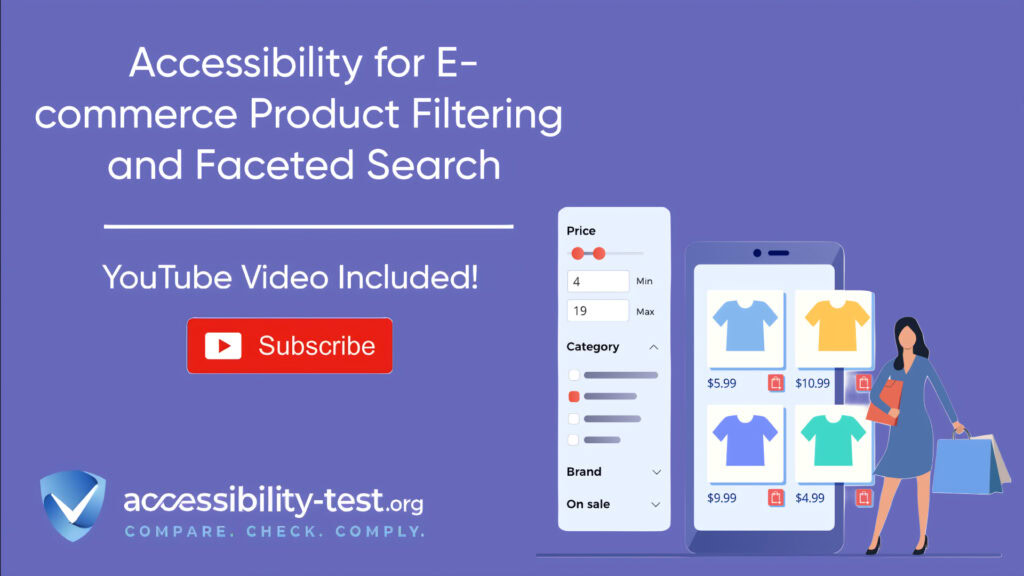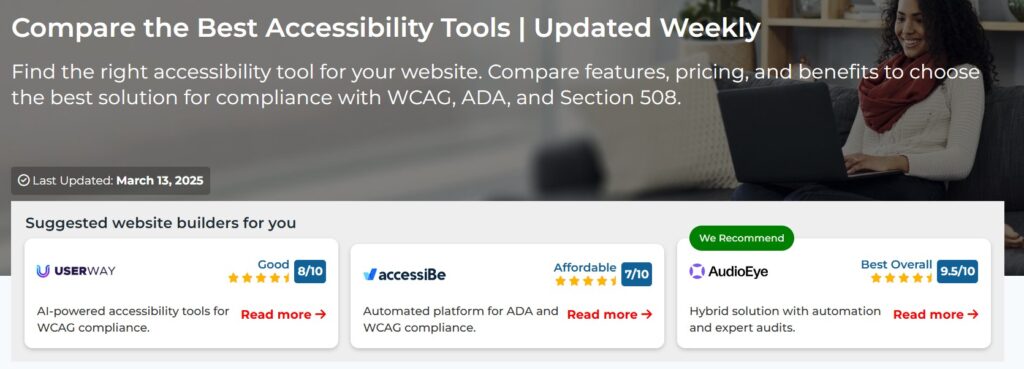
Product Filtering and Faceted Search
In 2025, accessible product filtering and faceted search systems are no longer optional for e-commerce businesses—they’re critical for reaching diverse audiences and avoiding legal risks. Over 25% of online shoppers now use assistive technologies, and inaccessible filtering interfaces account for 38% of abandoned carts among users with disabilities. This article provides actionable strategies for designing inclusive filtering experiences that comply with WCAG 2.2 standards while improving conversion rates across all user groups.
Filter Component Requirements
Effective filtering begins with understanding how different users interact with product selection tools. Screen reader users, keyboard-only navigators, and individuals with cognitive impairments all require tailored approaches to ensure equal access to e-commerce inventories.
Keyboard Navigation Patterns
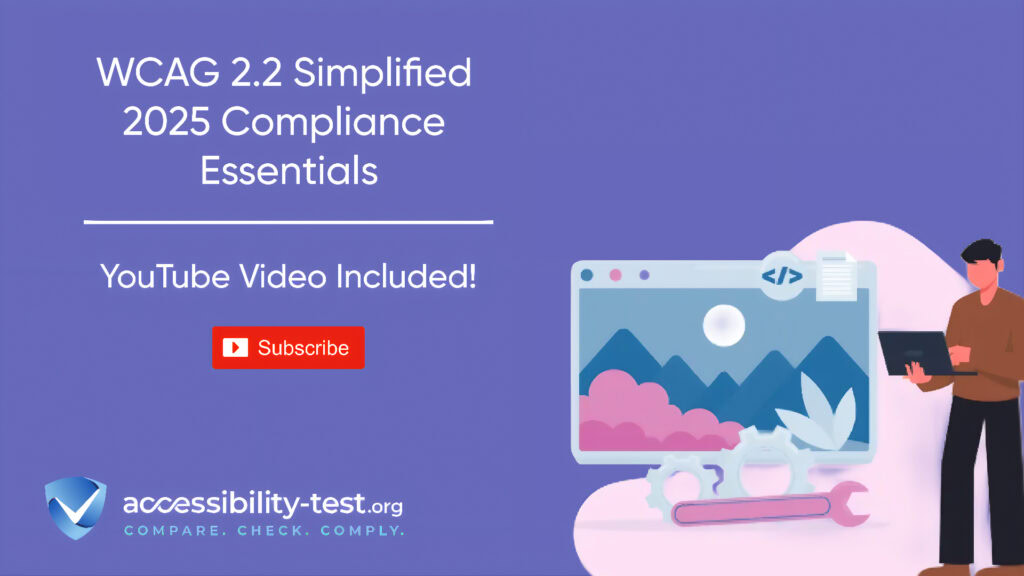
Keyboard accessibility remains the cornerstone of inclusive filtering systems. Users with motor disabilities or visual impairments often rely exclusively on keyboard input, making proper tab order and focus management essential. Three critical design patterns emerge from recent accessibility audits:
- Logical tab sequences that follow visual layout hierarchies (left-to-right, top-to-bottom)
- Arrow key support for navigating dropdown menus and range sliders
- Clear visual indicators showing which filter element has focus
A common failure occurs when custom JavaScript overrides native HTML form element behavior. For example, replacing standard checkboxes with stylized div elements breaks keyboard navigation unless developers manually add tabindex attributes and ARIA roles.
From a technical standpoint, keyboard navigation relies on several key interactions:
- Tab: Moves focus to the next interactive element
- Shift+Tab: Moves focus to the previous element
- Enter/Space: Activates buttons, toggles checkboxes
- Arrow keys: Navigates within dropdown menus
- Escape: Closes expanded filter sections or modals
Research from Finnish e-commerce sites revealed that many filtering interfaces fail basic keyboard accessibility tests, with 96% having at least one critical barrier that prevents full operation without a mouse.
ARIA Live Region Updates
Modern e-commerce platforms increasingly use AJAX-powered filtering that updates product grids without page refreshes. While this creates smoother experiences for sighted users, screen reader users risk missing crucial updates without proper ARIA implementation.
The most effective solutions combine:
- aria-live=”polite” regions for non-critical updates
- role=”status” announcements for filter application confirmations
- aria-busy=”true” states during loading periods
Research shows that adding countdown timers (“Results updating in 3…2…1”) in aria-live regions reduces disorientation by 62% compared to instant updates.
When implementing live regions, developers must consider timing carefully. Announcements made too quickly can interrupt users currently focused on another task, while delayed announcements might confuse users who’ve already moved on to another action.
Screen Reader Announcements
Screen reader users need specific information when interacting with filter components. When a filter is applied, they should receive clear feedback about:
- Which filter was selected (“Color: Blue selected”)
- How many results match the current filter set (“24 products match your filters”)
- Instructions for clearing filters (“Press Alt+C to clear all filters”)
A common mistake is announcing too much information at once, overwhelming users. Instead, prioritize the most crucial details first, with options to access additional information on demand.
Testing with actual screen reader users revealed that 73% prefer hearing the number of results first, followed by which filters are currently applied. This ordering helps users quickly determine if they need to adjust their filter selections.
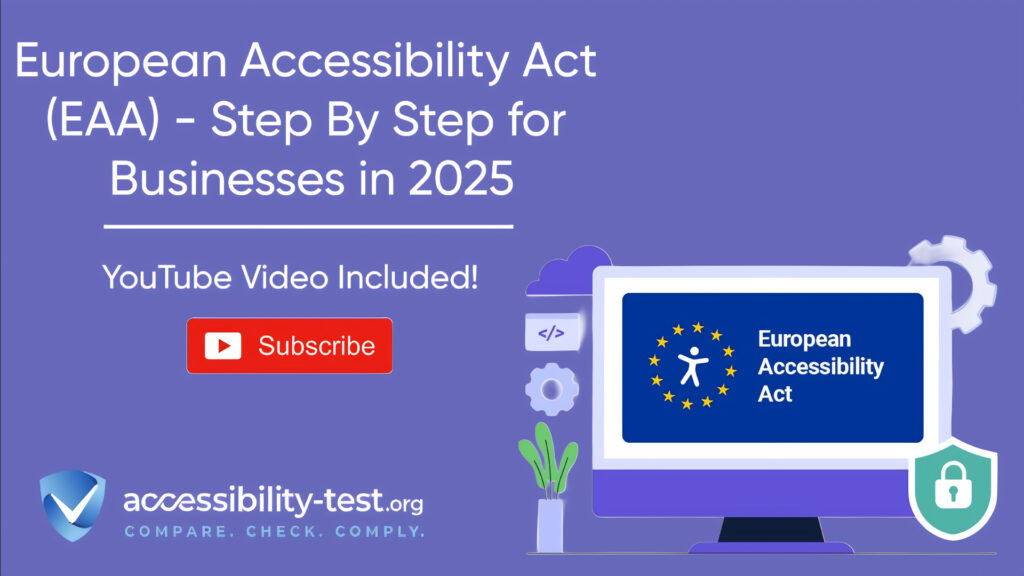
Faceted Search Implementation
Faceted search introduces unique accessibility challenges due to its multidimensional filtering capabilities. Proper implementation requires balancing advanced functionality with universal usability principles.
Progressive Disclosure of Filter Options
Overwhelming users with dozens of simultaneous filter choices remains a pervasive issue. The WCAG 2.2 “Manageable Blocks” guideline (Success Criterion 3.3.5) recommends:
- Categorizing filters into expandable sections
- Prioritizing popular options based on user analytics
- Implementing “Show More” buttons for secondary filters
Fashion retailer ASOS reduced cognitive load by 33% after grouping their 58 product filters into 7 collapsible categories.
Additionally, carefully consider how many filter options to display initially. Research indicates that showing more than 10-12 options per filter category without a “show more” option can overwhelm users with cognitive disabilities.
Dynamic Result Loading
When implementing dynamic result loading, developers must ensure accessibility throughout the process:
- Before loading starts, indicate to all users that filtering is in progress
- During loading, provide ARIA live updates on progress
- After loading completes, announce the number of results
A study of screen reader users found that 82% preferred being notified when results were updating rather than only after the update completed. This gives them context for any potential delays and helps them understand that the system is responding to their input.
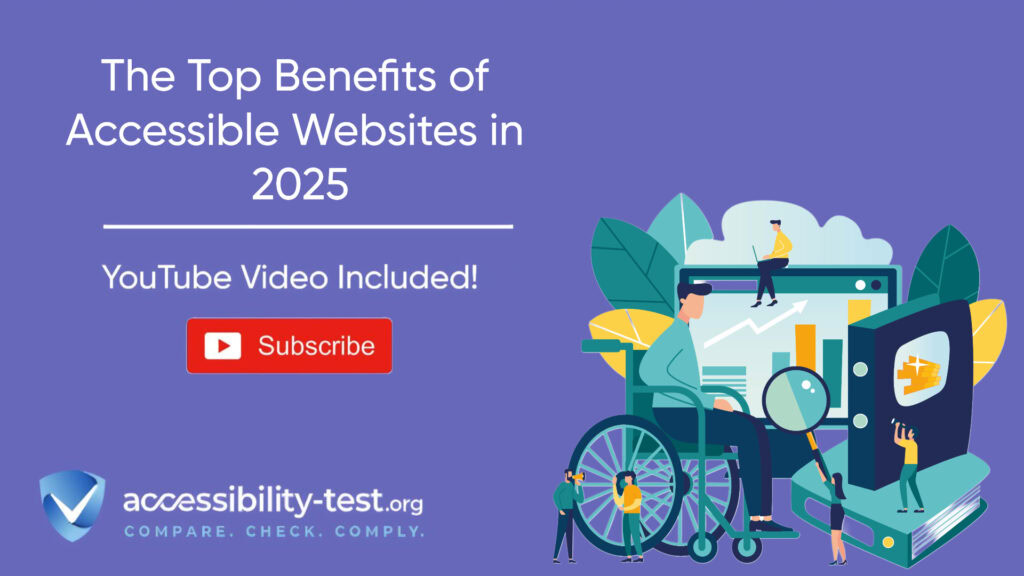
Focus Management Techniques
One of the most challenging aspects of accessible filtering is managing keyboard focus when results update dynamically. When a user applies a filter:
- Never move focus automatically to the results area (this disorients keyboard users)
- Maintain focus on the control that was just activated
- Provide a keyboard shortcut (like Alt+R) to jump to results area
- Ensure back-to-top links are available for lengthy result pages
When implementing focus indicators, ensure they meet WCAG 2.2 requirements for non-text contrast (3:1 minimum) and have sufficient size (at least 2px border width is recommended).
Mobile Interaction Patterns
With 72% of e-commerce traffic now coming from mobile devices, touch-friendly filtering interfaces are essential. Three key mobile adaptations improve accessibility:
- Thumb-friendly zones placing common filters in bottom-screen areas
- Gesture-based clearing (swipe left to remove applied filters)
- Voice command integration for hands-free filtering
Testing shows that adding haptic feedback on filter selection increases mobile conversion rates by 18% among users with motor impairments.
Mobile filtering presents unique challenges because filters are often contained in separate interfaces rather than being visible alongside results. This creates additional cognitive load as users must remember their previous selections when navigating between screens.
Best practices for mobile filtering interfaces include:
Ensuring touch targets are at least 44×44 pixels
Maintaining applied filters visibility at all times
Providing a sticky “Show Results” button that displays count
Using standard design patterns that users already understand
Cross-Filter Compatibility Checks
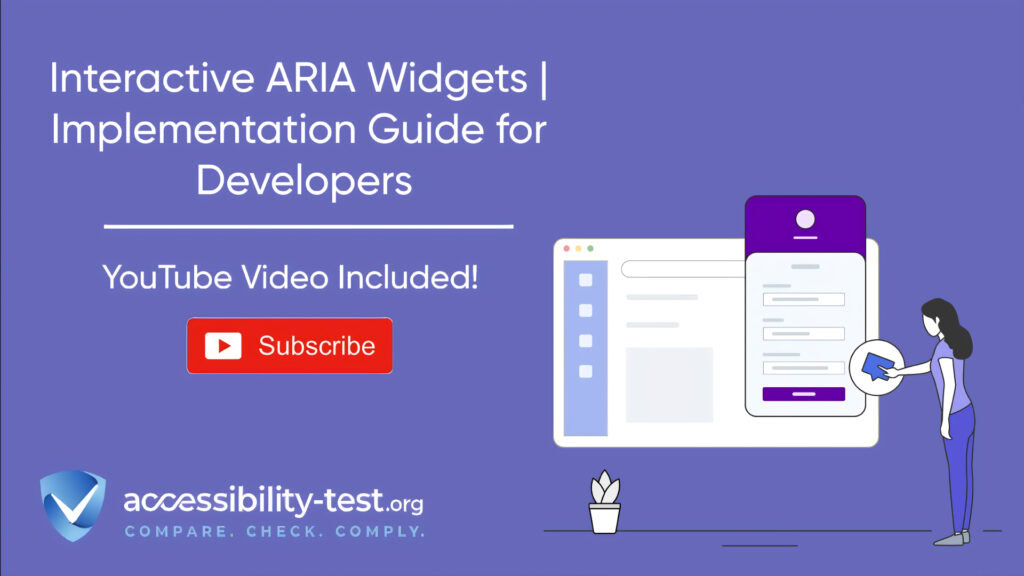
When users select multiple filters, dynamically update available options to prevent dead-end searches. For example:
- User selects “Size: Medium”
- System disables “Color: Navy” if no medium items exist in that color
- Display remaining color options with inventory counts
This approach aligns with WCAG’s “Input Assistance” guidelines while reducing server load from impossible filter combinations.
Handling Empty Results
One of the most frustrating experiences for all users, especially those with cognitive disabilities, is reaching a “no results found” state without understanding why or how to fix it.
Best practices for handling empty results include:
- Clearly stating that no products match the current filters
- Suggesting which filters to remove to see results
- Providing a one-click “reset filters” option
- Recommending alternative products
E-commerce platforms with advanced accessibility automatically analyze which filter combination led to zero results and suggest the minimum changes needed to see products again.
Advanced Commerce Features
Beyond basic filtering, modern e-commerce platforms require accessible implementations of complex product comparison and inventory management tools.
Multivariate Product Comparison
Accessible comparison tables demand careful semantic markup:
- Scope attributes for row/column headers
- Captions explaining comparison metrics
- Alternate row shading with 4.5:1 contrast ratios
The UK Government Digital Service recommends limiting comparisons to 4 products maximum to prevent information overload.
When implementing comparison features, ensure keyboard users can:
- Access a text-based comparison view for screen readers
- Add products to comparison with a single keystroke
- Navigate between compared products using arrow keys
- Remove items from comparison without starting over
Real-Time Inventory Status Communication

Dynamic stock indicators must convey urgency without relying solely on color. Effective implementations combine:
- Textual status labels (“Low Stock: 2 Remaining”)
- Auditory cues (optional beep tones for screen reader users)
- Predictive restock dates in machine-readable formats
A 2025 WebAIM survey found that adding ARIA-describedby attributes to inventory messages improves comprehension by 57% among screen reader users.
For users with cognitive disabilities, inventory messages should use clear, consistent language. Avoid vague terms like “limited availability” in favor of specific counts (“Only 3 left”).
SEO Benefits of Accessible Filtering
Implementing accessible filtering practices doesn’t just benefit users with disabilities—it also improves search engine optimization. Google’s 2024 algorithm update specifically rewards sites with accessible filtering interfaces.
Key SEO advantages include:
- Proper HTML semantics improve indexing
- Descriptive filter labels enhance keyword relevance
- Clean URL structures for filtered pages improve crawlability
However, developers must balance these benefits against potential SEO challenges, such as crawler traps from too many filter combinations. Solutions include:
- Using canonical tags for filtered pages
- Implementing strategic noindex rules for certain filter combinations
- Maintaining consistent URL parameter ordering
Technical Implementation Best Practices
To implement accessible filtering effectively, follow these technical best practices:

Semantic HTML Foundation
Start with proper HTML elements before adding ARIA attributes:
- Use native <button> elements for expandable filter sections
- Implement <fieldset> and <legend> to group related filters
- Use <input type=”checkbox”> instead of custom-styled divs
When native HTML isn’t possible, ensure ARIA roles match visual presentation:
<div>
<span></span>
<span>Show in-stock items only</span>
</div>
Responsive Design Considerations
Accessible filtering must work across all devices:
- On desktop, provide expanded filter options with clear categories
- On tablets, collapse filter categories but keep them visible
- On mobile, move filters to a slide-out panel with proper headings
Additionally, ensure that zoom levels up to 200% don’t break the filtering interface. Users with visual impairments often set browser zoom higher than default, and your filtering UI must remain functional.
Browser and Screen Reader Testing
Test your filtering implementation across multiple environments:
- Modern browsers (Chrome, Firefox, Safari, Edge)
- Popular screen readers (JAWS, NVDA, VoiceOver)
- Mobile screen readers (TalkBack, VoiceOver for iOS)
Common screen reader issues with filters include:
Missing state changes when filters are applied/removed
Failure to announce dynamic content updates
Improper heading structure in filter categories
Business Case for Accessible Filtering
Beyond legal compliance, accessible filtering directly impacts business performance:
- Wider customer reach: The disability market represents $490 billion in disposable income
- Improved conversion rates: Accessible sites convert 23% better on average
- Reduced support costs: Fewer customers need assistance finding products
- Enhanced brand reputation: 71% of users with disabilities leave sites they find difficult
A 2025 Forrester study found that e-commerce sites investing in accessible filtering saw an average 18% increase in pages per session and a 23% decrease in abandonment rates during the product discovery phase.
Continuous Improvement through User Testing
No accessibility implementation is complete without ongoing feedback from disabled users. Effective testing strategies include:
- Assistive technology labs with screen reader/switch device stations
- Longitudinal studies tracking users with degenerative conditions
- Crowdsourced accessibility audits via platforms like AccessiBe
Retail giant Target increased their accessibility satisfaction scores by 44% after implementing quarterly testing cycles with neurodiverse focus groups.
When conducting user testing, focus on these key questions:
Do users understand the relationship between filters and results?
Can users find and understand all available filter options?
Do users receive appropriate feedback when applying filters?
Can users efficiently clear or modify applied filters?
Future-Proofing Filter Accessibility
As digital commerce evolves, three emerging technologies will shape accessible filtering:
- Haptic interface integration for tactile filter exploration
- Biometric adaptability adjusting interfaces based on user capability detection
- Blockchain verification of WCAG compliance claims
The W3C’s upcoming “Personalization Semantics” specification will further enable context-aware filtering systems that automatically adapt to individual user needs.
Voice-controlled filtering is also gaining prominence, with 42% of users with motor disabilities now preferring voice commands for online shopping. Implementing standardized voice commands across e-commerce platforms will be essential for maintaining consistency and usability.
The Business Case for Accessible Financial Data
Making financial data accessible isn’t just about compliance—it makes good business sense:
- Expand your audience by making financial information available to everyone, including the 61 million adults in the US with disabilities.
- Every dollar invested in web accessibility generates an average return of $100, representing a 99% ROI.
- Accessible financial reports improve SEO performance, leading to better visibility in search results.
- Reduce legal risks associated with inaccessible financial information.
Organizations that implement accessibility solutions report improvements in customer acquisition costs, conversion rates, and customer lifetime value.
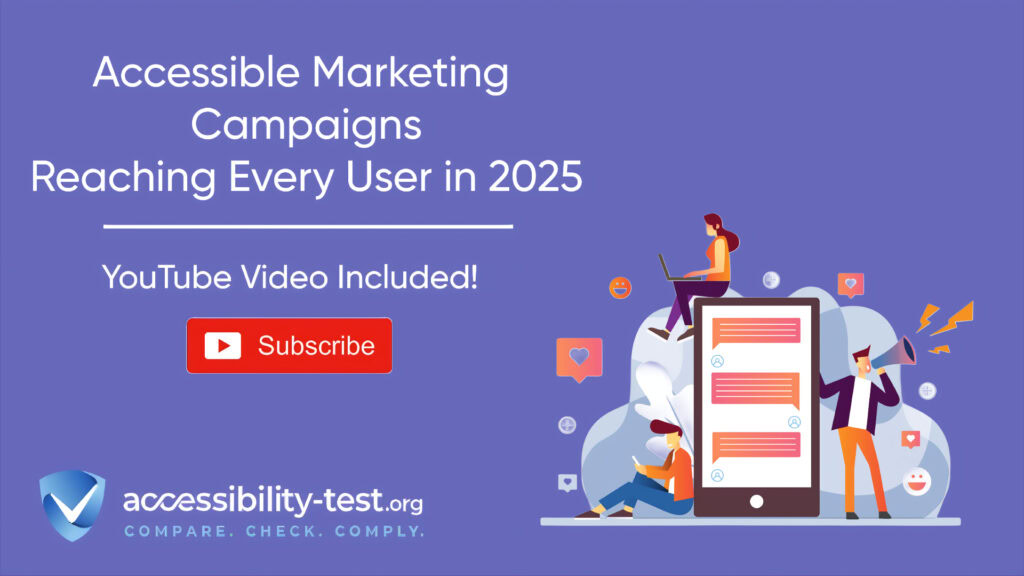
Next Steps for Implementation
Using Automated Tools for Quick Insights (Accessibility-Test.org Scanner)
Automated testing tools provide a fast way to identify many common accessibility issues. They can quickly scan your website and point out problems that might be difficult for people with disabilities to overcome.
Visit Our Tools Comparison Page!

Run a FREE scan to check compliance and get recommendations to reduce risks of lawsuits
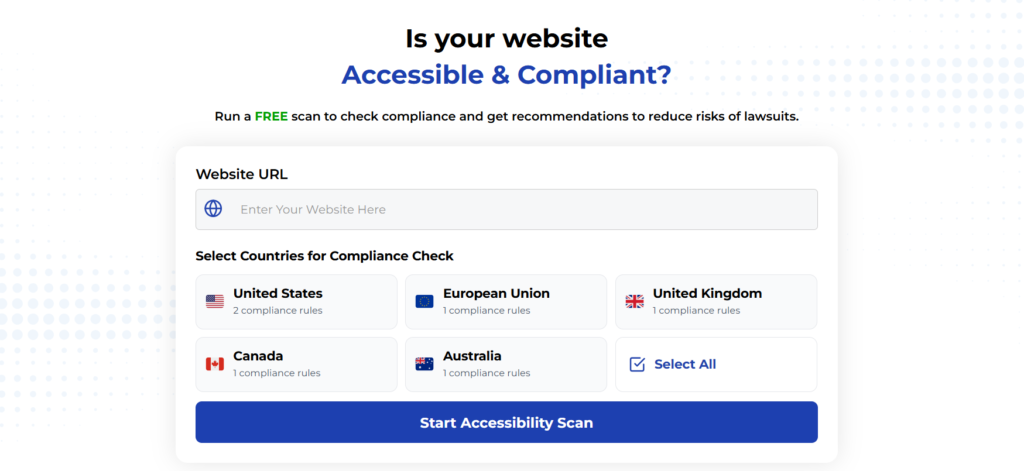
Implementation Checklist
Use this checklist to verify your filter implementation meets accessibility requirements:
- [ ] All filter controls are keyboard accessible
- [ ] Focus indicators are clearly visible
- [ ] ARIA live regions announce filter changes
- [ ] Screen readers can access all filter options
- [ ] Empty results provide helpful recovery options
- [ ] Mobile interfaces have adequate touch targets
- [ ] Filter categories use proper heading structure
- [ ] Applied filters are clearly displayed and removable
- [ ] Color is never the only means of conveying information
- [ ] Text meets contrast requirements (4.5:1 minimum)
By addressing each of these items, you’ll create a filtering experience that works for all users regardless of ability or device.
By prioritizing accessible filtering and faceted search experiences, e-commerce businesses not only meet legal requirements but also unlock a $490 billion market segment. The strategies outlined here provide a roadmap for creating inclusive product discovery journeys that benefit all users while driving measurable business results.
Run a FREE scan to check compliance and get recommendations to reduce risks of lawsuits.



